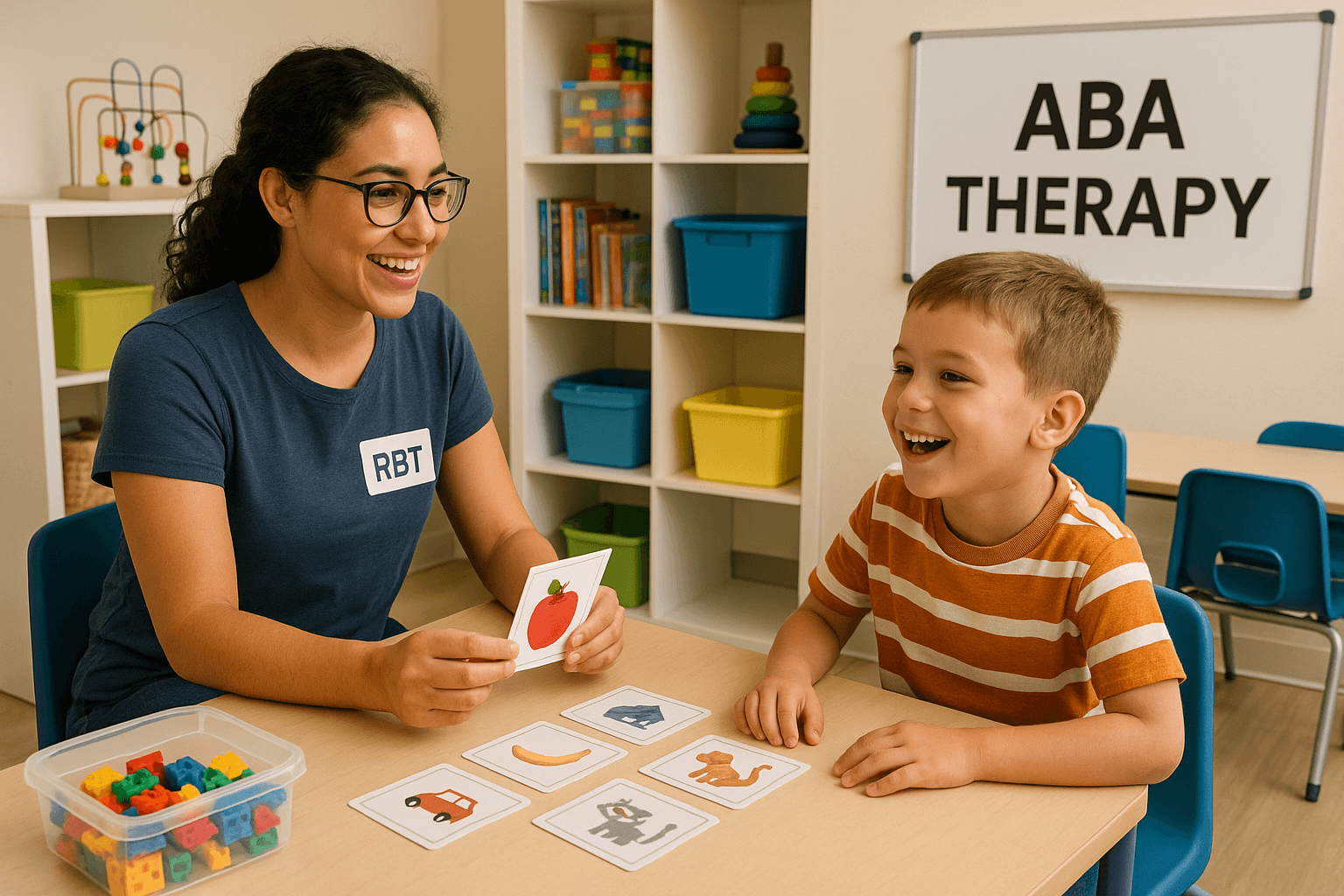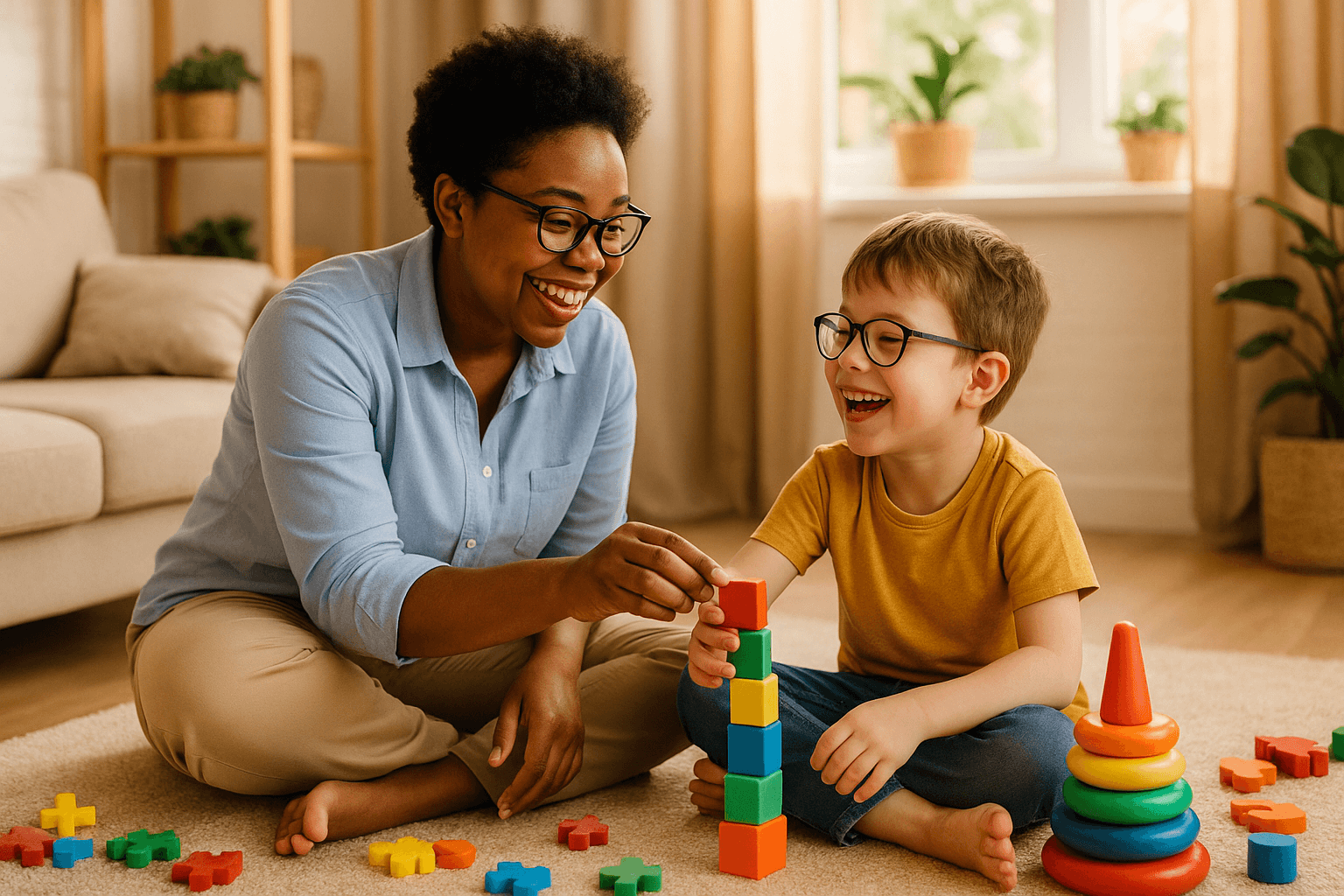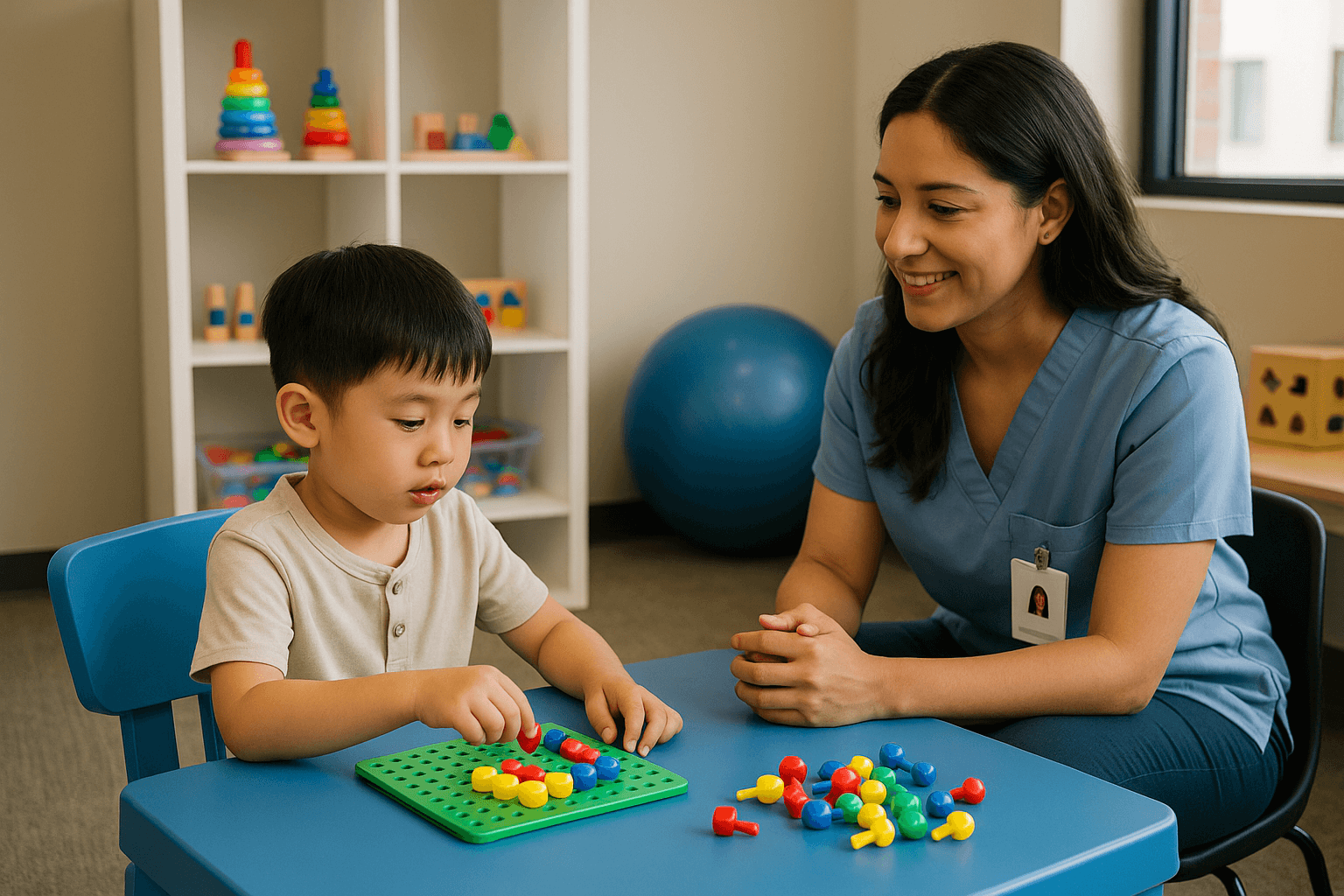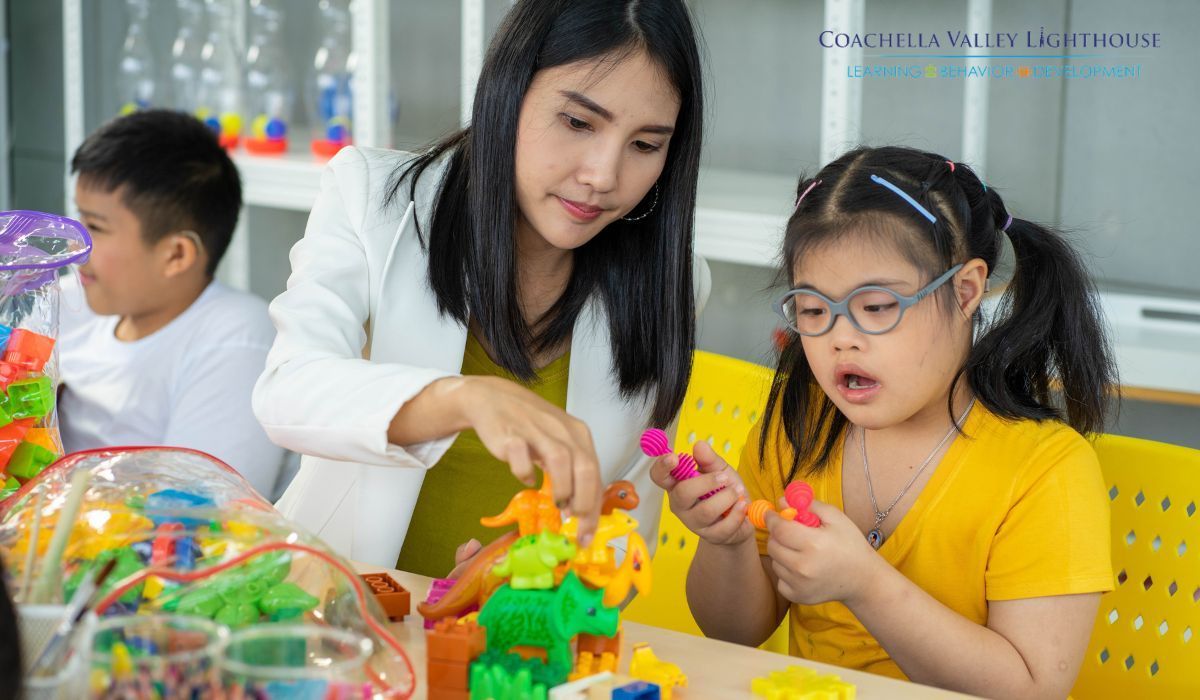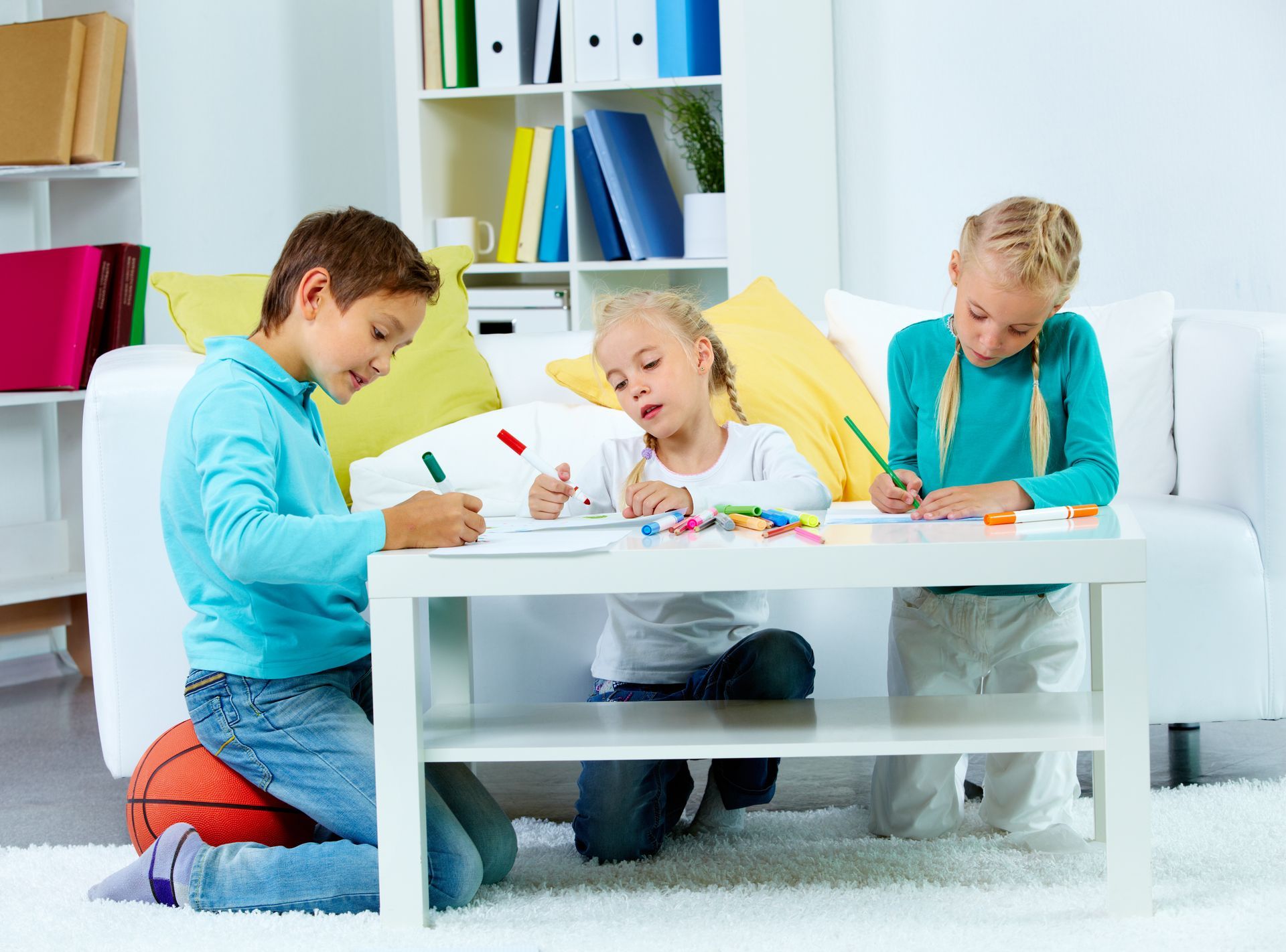Holistic Approach to ABA Therapy in Yucca Valle
Yucca Valley, a picturesque town in California's Mojave Desert, has a unique charm that draws people from all walks of life.
Amidst this breathtaking landscape, families with children facing developmental challenges seek effective interventions, including
Applied Behavior Analysis Therapy.
ABA therapy, an evidence-based practice, has demonstrated immense success in helping children with autism spectrum disorder (ASD) achieve their full potential.
In this article, we will explore the concept of a holistic approach to ABA therapy in Yucca Valley, focusing not only on behavioral outcomes but also on the emotional, physical, and social well-being of the children and their families.
The Holistic Approach
A holistic approach to ABA therapy goes beyond the conventional focus on behavioral modification.
It recognizes that children with autism are complex individuals whose well-being extends far beyond the confines of their behavior.
Here are the critical components of a holistic approach to ABA therapy in Yucca Valley:
Individualized Treatment Plans: Every child is unique, and their therapy plans should reflect that individuality.
In Yucca Valley, ABA therapists take the time to get to know the child, their strengths, weaknesses, and specific needs. These insights are used to create highly customized therapy plans.
Family-Centered Care: A holistic approach doesn't just involve the child but extends its focus to the family.
Families are involved in the therapy process, educated about ABA techniques, and provided with support and resources to ensure the child's progress is consistent at home.
Emotional Well-being: A child's emotional well-being is as crucial as behavioral improvements.
Holistic ABA therapy in Yucca Valley includes strategies for managing emotions, reducing anxiety, and promoting mental health in children with ASD.
Physical Health and Well-being: The holistic approach also emphasizes the child's physical health.
This can involve dietary and nutrition counseling, exercise routines, and other practices that support the child's overall well-being.
Social Integration: Yucca Valley's natural beauty provides an ideal backdrop for promoting social integration.
Holistic ABA therapy includes opportunities for children to engage in social activities and develop essential social skills in real-world settings.
Yucca Valley's Unique Environment
Yucca Valley's unique desert environment can play a pivotal role in the holistic approach to
ABA therapy.
The town's serene landscapes and peaceful ambiance offer an ideal backdrop for implementing therapeutic strategies.
Here are some ways in which Yucca Valley's environment can be leveraged:
Nature-Based Therapy: The Mojave Desert provides a natural habitat for sensory integration therapy.
Children can explore the textures, sounds, and sights of the desert, which can be calming and stimulating at the same time.
Outdoor Activities: The town's recreational opportunities, such as hiking and stargazing, provide fantastic avenues for developing social and physical skills in a natural, stress-free setting.
Community Engagement: Yucca Valley is known for its close-knit community.
The town's residents often embrace individuals with unique needs, providing opportunities for children with ASD to engage with understanding peers.
Benefits of a Holistic Approach
The holistic approach to ABA therapy in Yucca Valley offers numerous benefits:
Greater Well-being: Focusing on emotional and physical well-being leads to healthier children.
Improved Quality of Life: By addressing a child's holistic needs, ABA therapy in Yucca Valley can significantly enhance their overall quality of life.
Stronger Family Bonds: Involving the family in treatment creates a support system that strengthens familial bonds and aids in the child's progress.
Community Integration: Children in Yucca Valley can engage in a supportive community that fosters social integration and inclusion.
Natural Learning Environments: The desert's unique environment provides a naturally stimulating backdrop for therapy sessions.
Challenges and Considerations
While the holistic approach to ABA therapy in Yucca Valley offers many advantages, there are also challenges and considerations to keep in mind:
Resource Availability: Yucca Valley may have fewer resources and ABA experts than larger cities. This can affect the accessibility of holistic ABA therapy.
Sustainability: It's essential to ensure that the holistic approach can be maintained over time. Consistency is crucial for the child's progress.
Individual Needs: The holistic approach should be individualized for each child, considering their unique requirements.
Exploring the Community Integration
Yucca Valley's community integration is vital in the holistic approach to ABA therapy.
The town's residents are known for their welcoming and inclusive nature, making it an ideal environment for children with ASD to develop social skills.
Yucca Valley's close-knit community often organizes events, support groups, and activities that encourage the participation of children with autism.
These opportunities foster acceptance, understanding, and friendships that can have a lasting positive impact.
Furthermore, the town's local businesses and organizations often collaborate with ABA therapy providers to create supportive and accommodating environments for children with ASD.
This partnership between therapy providers and the community not only aids in creating real-world scenarios for children and increases awareness and acceptance of autism among Yucca Valley's residents.
Resource Availability and Access to Holistic ABA Therapy
While Yucca Valley's holistic approach to ABA therapy offers numerous advantages, it's essential to acknowledge that the town may need more resources and ABA experts than larger cities.
Families seeking holistic ABA therapy may need to plan and strategize to ensure they have access to the necessary services.
This can involve coordinating therapy schedules, considering online resources, or seeking additional support from nearby cities while maximizing Yucca Valley's unique benefits.
To ensure the long-term sustainability of the holistic approach, families must establish a support network and stay engaged with the local community.
This not only aids in resource accessibility but also ensures that the principles of holistic ABA therapy remain consistent over time.
Conclusion
Yucca Valley's serene desert setting and tight-knit community create a conducive environment for a holistic approach to ABA therapy.
By considering the child's needs, focusing on emotional and physical well-being, involving the family, and utilizing the natural surroundings, ABA therapy in Yucca Valley can offer comprehensive support to
children with autism.
While challenges exist, the benefits of a holistic approach can be transformative, nurturing not only the child's mind and behavior but also their body and soul.
In this way, Yucca Valley stands as a model for holistic ABA therapy that has the potential to impact countless lives.
FAQs
What is ABA therapy, and how does it differ in Yucca Valley's holistic approach?
The holistic approach in Yucca Valley combines traditional ABA therapy with a focus on emotional well-being, physical health, and community integration, aiming for a more comprehensive policy.
How can Yucca Valley's natural environment benefit ABA therapy?
Yucca Valley's natural beauty and serene landscapes provide opportunities for nature-based therapy and outdoor activities that enhance the therapy experience.
What is sensory integration therapy, and how is it utilized in ABA therapy in Yucca Valley?
Sensory integration therapy involves using the environment's sensory elements to stimulate and calm children with ASD, making it a key component of holistic ABA therapy in Yucca Valley.
How does holistic ABA therapy address the emotional well-being of children with ASD?
Holistic ABA therapy in Yucca Valley includes strategies for managing emotions, reducing anxiety, and promoting mental health in children with autism.
What role do families play in the holistic approach to ABA therapy in Yucca Valley?
Families are actively involved in the therapy process, receiving education, support, and resources to ensure that the child's progress is consistent at home.
Is ABA therapy in Yucca Valley accessible to all children with autism, regardless of their unique needs?
Yes, ABA therapy in Yucca Valley is individualized to cater to the unique needs of each child, ensuring that everyone receives appropriate support.
How does Yucca Valley's community support children with ASD?
Yucca Valley's tight-knit community often embraces individuals with unique needs, providing opportunities for children with ASD to engage with understanding peers.
What challenges might families face when seeking holistic ABA therapy in Yucca Valley?
Challenges may include resource availability, as Yucca Valley may have fewer ABA experts, and the need to ensure long-term sustainability and consistency in therapy.
Is the holistic approach to ABA therapy more effective than traditional ABA therapy?
The effectiveness of ABA therapy depends on the child's individual needs and goals. The holistic approach can offer additional benefits regarding well-being and community integration.
Are there specific activities or exercises related to physical health in Yucca Valley's holistic ABA therapy?
Yes, physical health may involve dietary and nutrition counseling, exercise routines, and other practices supporting the child's overall well-being.
How can a family in Yucca Valley get started with holistic ABA therapy for their child?
Families can typically start by seeking out local ABA therapy providers, discussing their child's needs, and exploring the available resources and programs.
Can the holistic approach to ABA therapy be adapted to other locations, or is it specific to Yucca Valley?
While Yucca Valley's unique environment is a significant advantage, the principles of a holistic approach can be adapted and applied in various locations to enhance ABA therapy for children with autism.


